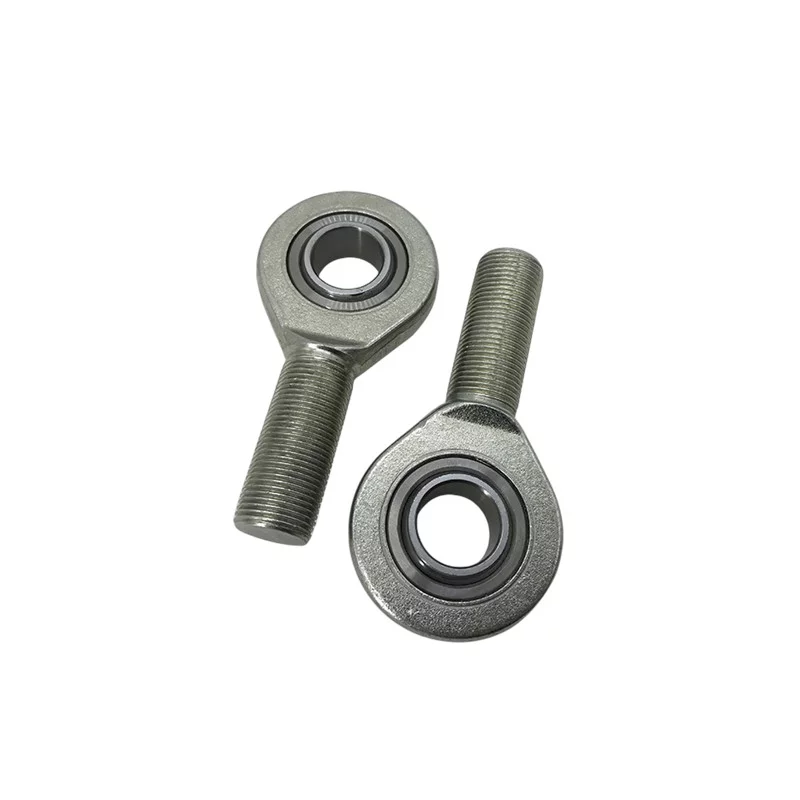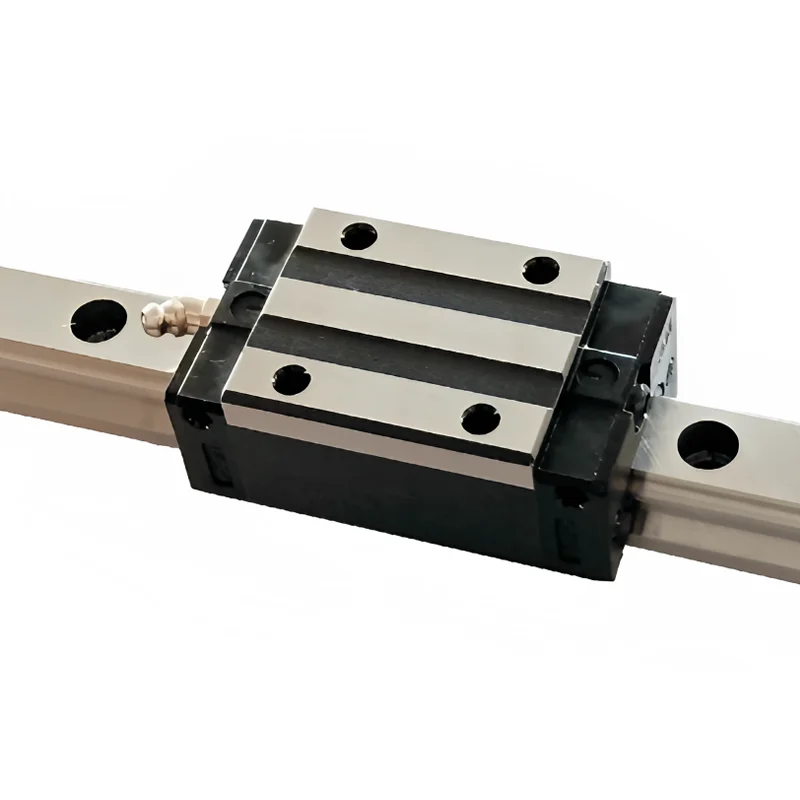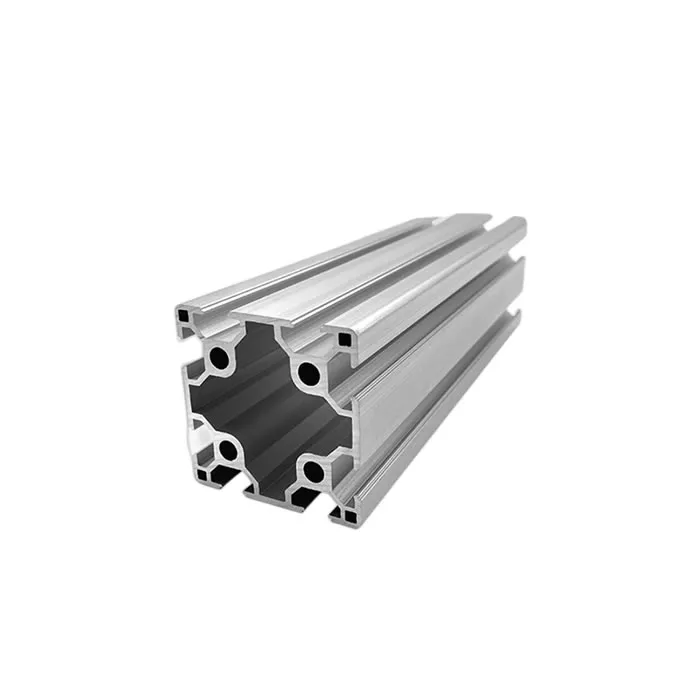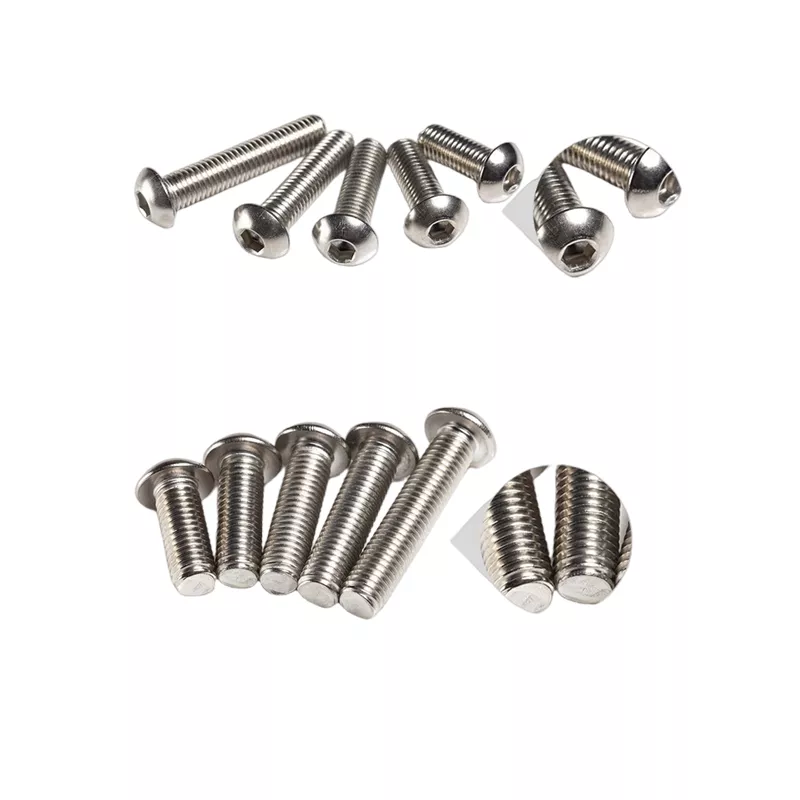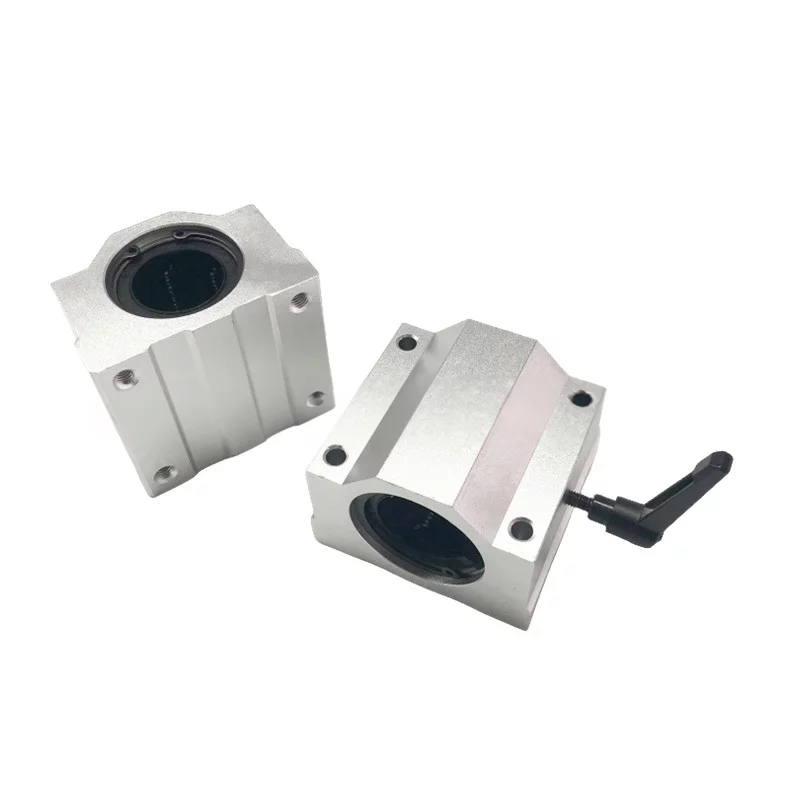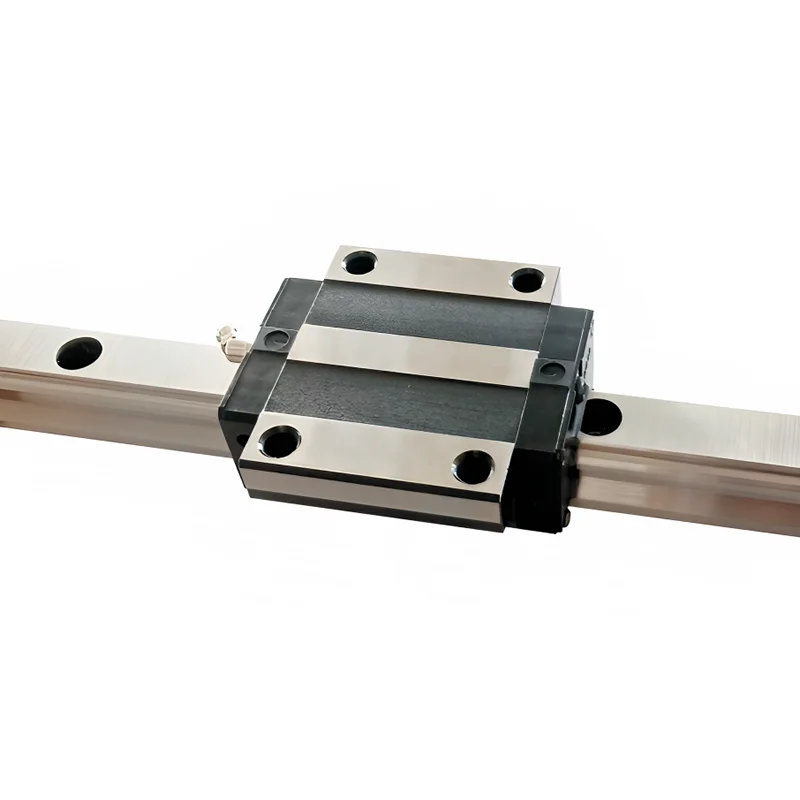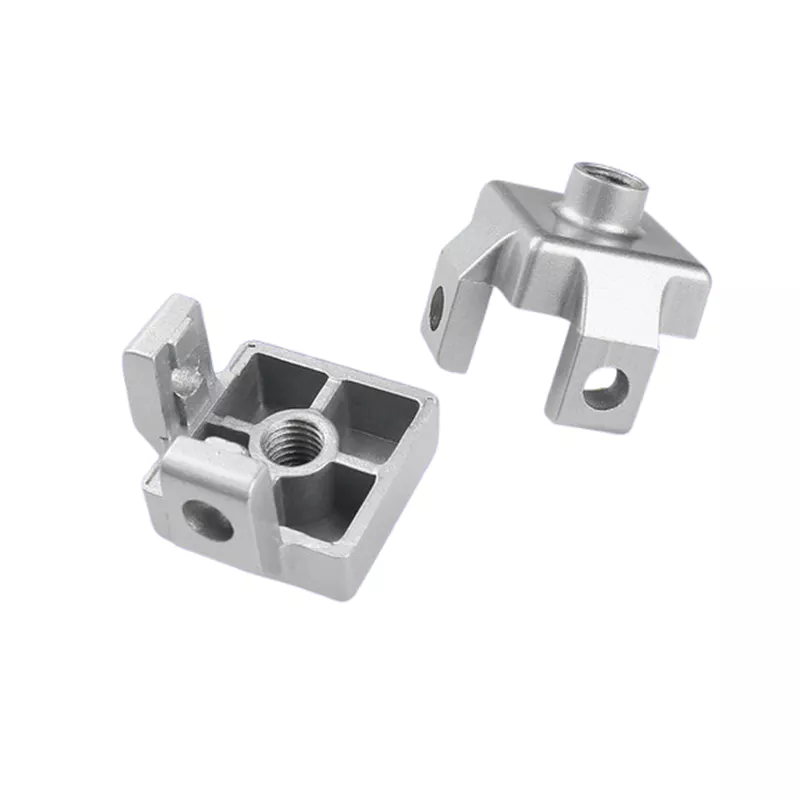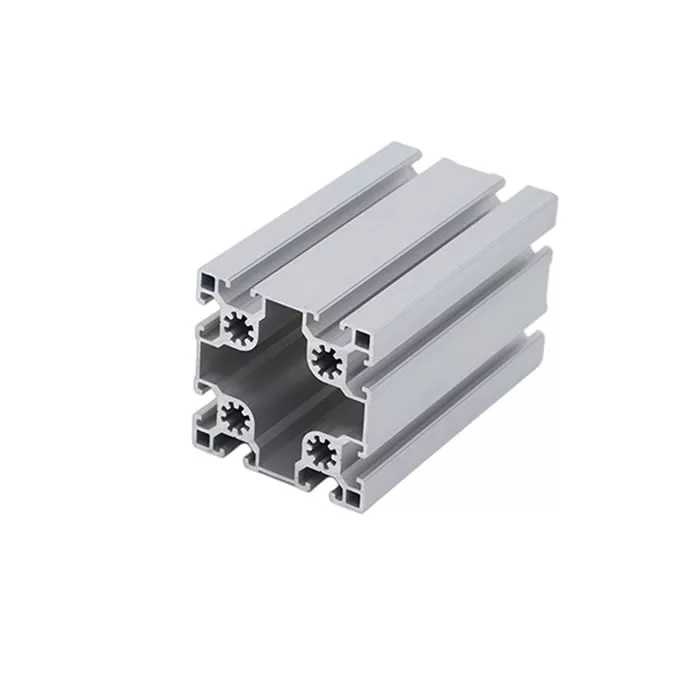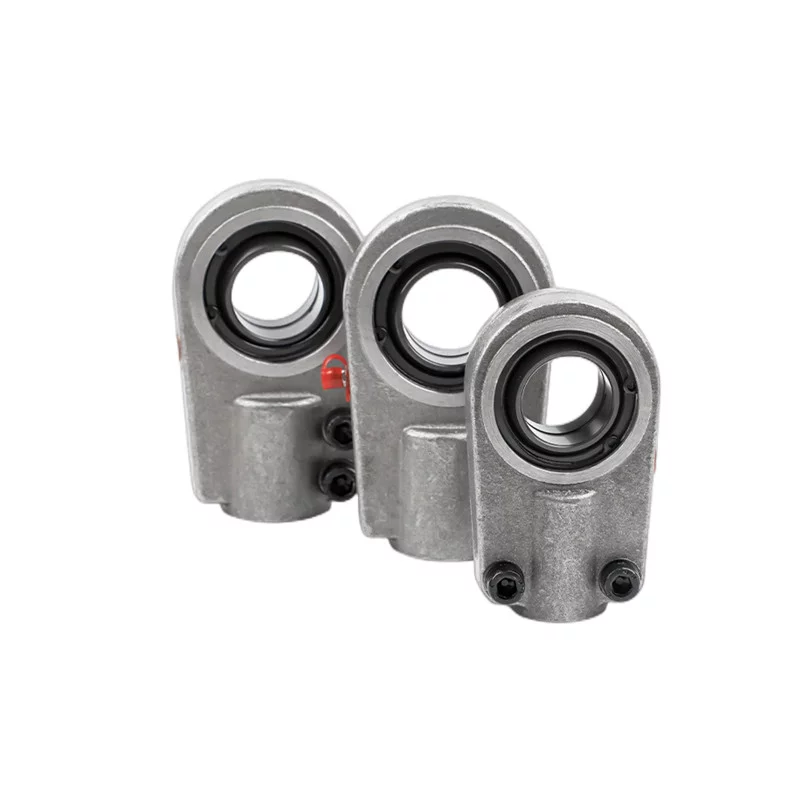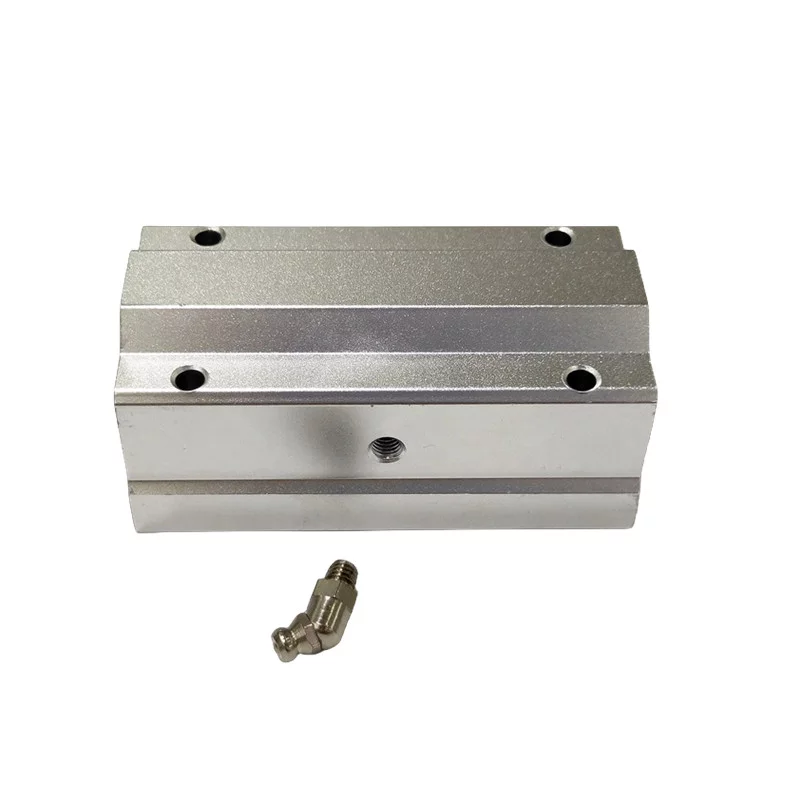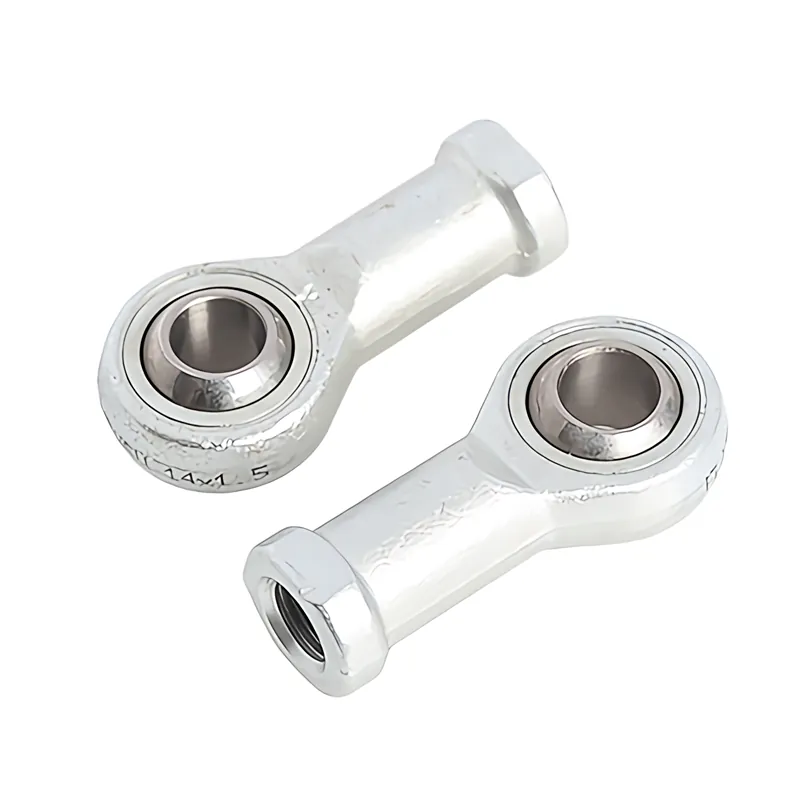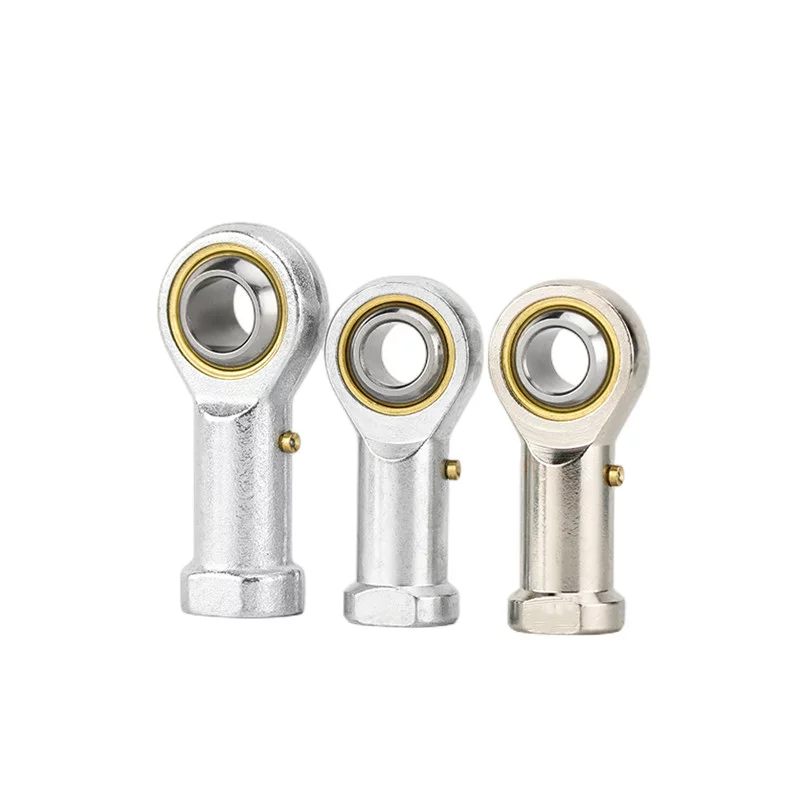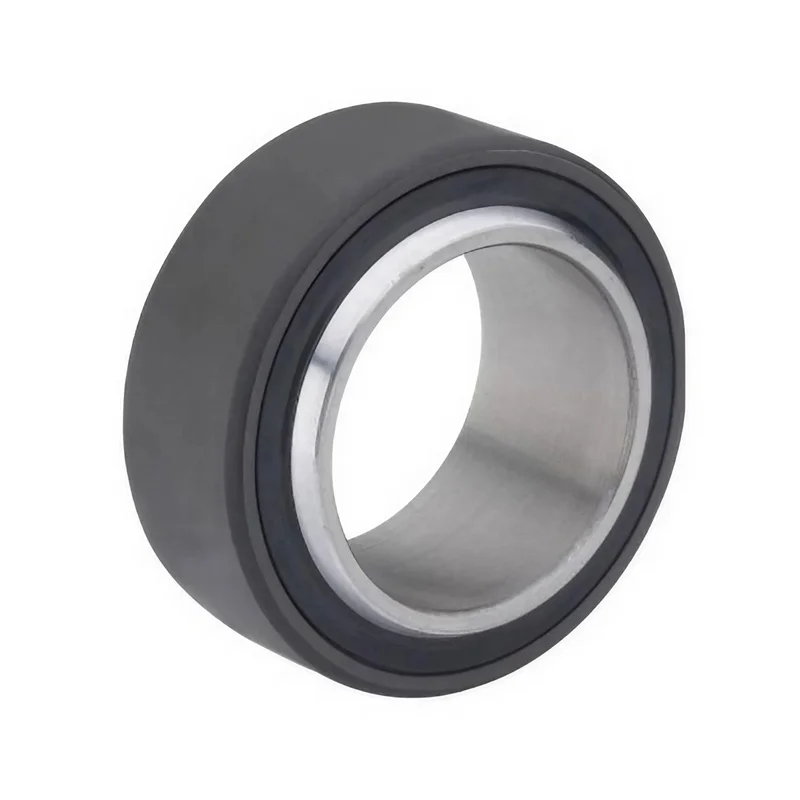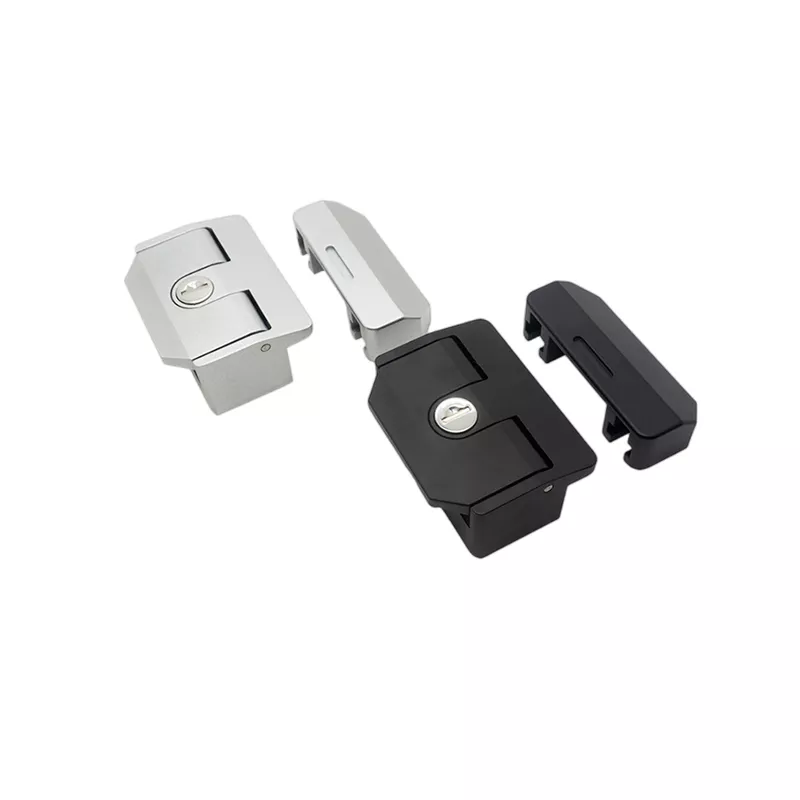Lubrication and dust prevention of linear bearings
Lubrication and dust prevention of Linear Bearings
The bearings are coated with anti rust oil at the factory,
and lubricants need to be added during use. The noise of grease lubrication is relatively low.
Commonly used are No. 2 lithium grease and low noise bearing grease. Before filling, use kerosene,
gasoline, or other organic solvents to remove the rust preventive oil. After drying, apply it
(directly filling the grease will cause rapid loss of grease), and the filling amount is one-third of the gap of the retainer.
Grease lubrication does not require the removal of rust preventive oil. 15 # to 100 # lubricating oil
is used according to the working temperature. Low viscosity oil is used for low working temperatures,
often including turbine oil, mechanical oil, and spindle oil. Unsealed bearings can drop oil onto the shaft,
while sealed bearings need to add oil to the bearing.For some workplaces that do not allow oil (grease),
first remove the rust preventive oil, dry it, and then spray some commercially available molybdenum disulfide
spray or other friction reducing lubricating materials on each row of steel balls.
After drying again, they can be used. Sealed bearings should avoid friction between the sealing ring and the shaft,
causing the sealing ring lip to squeeze into the bearing, causing unexpected damage to the bearing.
Iron filings can greatly reduce the lifespan of bearings, and dust and dirt can block the ball path of the retainer,
preventing the steel ball from rotating, causing damage to the retainer and the steel ball to collapse.
Sealed bearings can be used in general workplaces with dust,
such as woodworking machinery, casting machinery, and other dusty environments.
Please add additional seals at both ends of the bearings to prevent dust from entering and reduce grease loss.
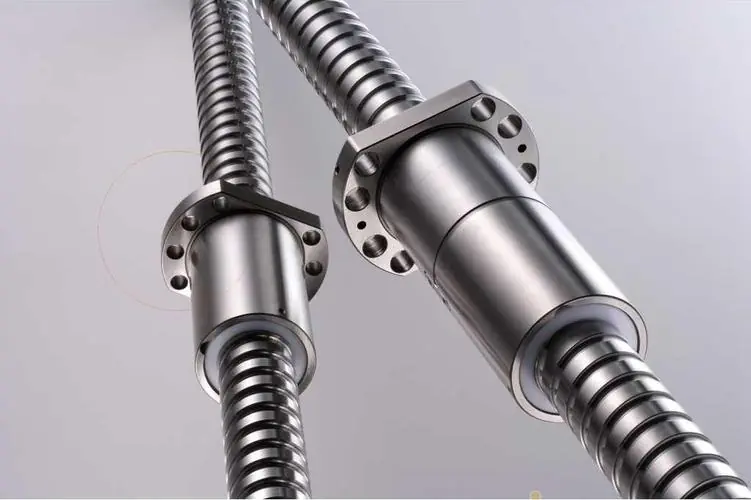 Why Precision Ball Screws are Vital for Industrial Automation and How to Choose the Right Supplier
Why Precision Ball Screws are Vital for Industrial Automation and How to Choose the Right Supplier
 SAIVS Linear Motion Ball Slide Units – Precision and Reliability for Your CNC Needs
SAIVS Linear Motion Ball Slide Units – Precision and Reliability for Your CNC Needs
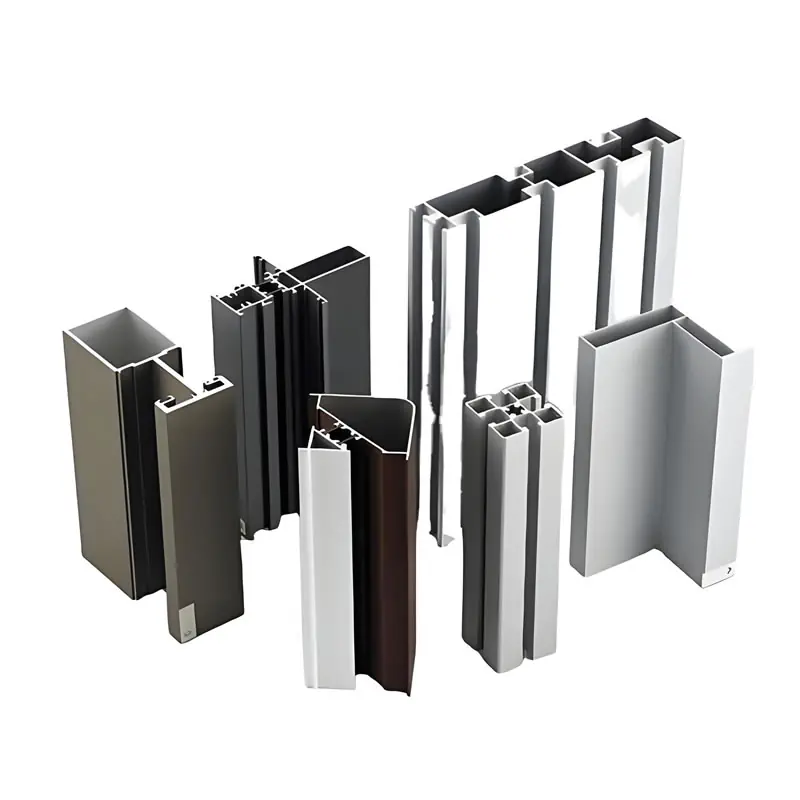 High - Quality T - Slot Aluminum Extrusion Profiles from Ningbo SAIVS Machinery Co., Ltd
High - Quality T - Slot Aluminum Extrusion Profiles from Ningbo SAIVS Machinery Co., Ltd
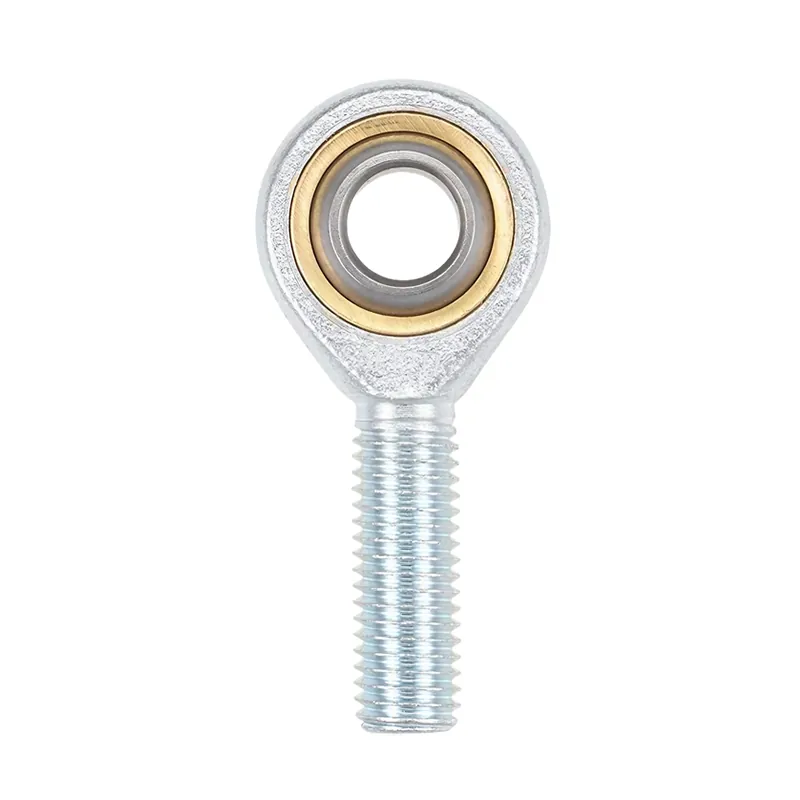 Enhance Industrial Efficiency with Premium Cylinder End Bearings from SAIVS
Enhance Industrial Efficiency with Premium Cylinder End Bearings from SAIVS

